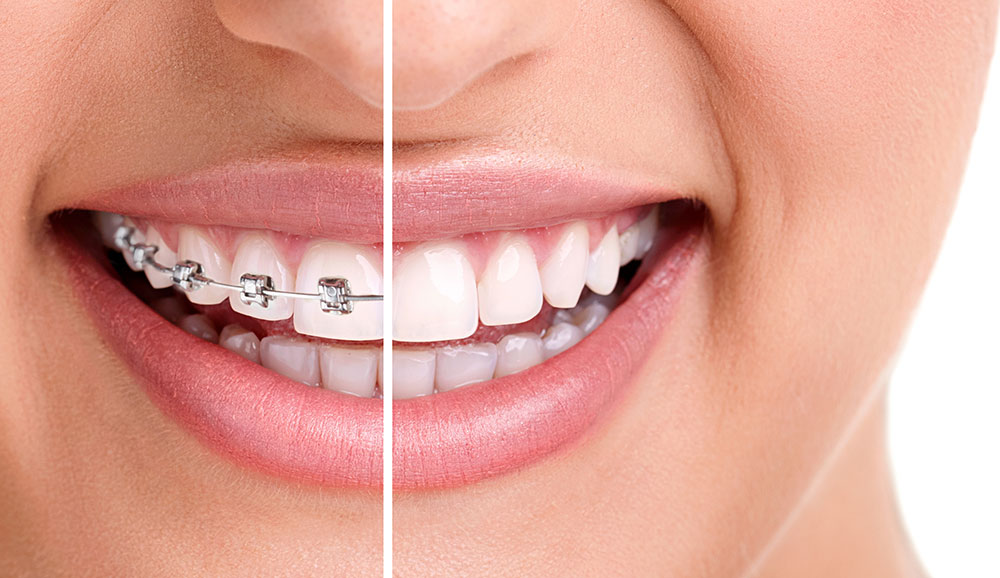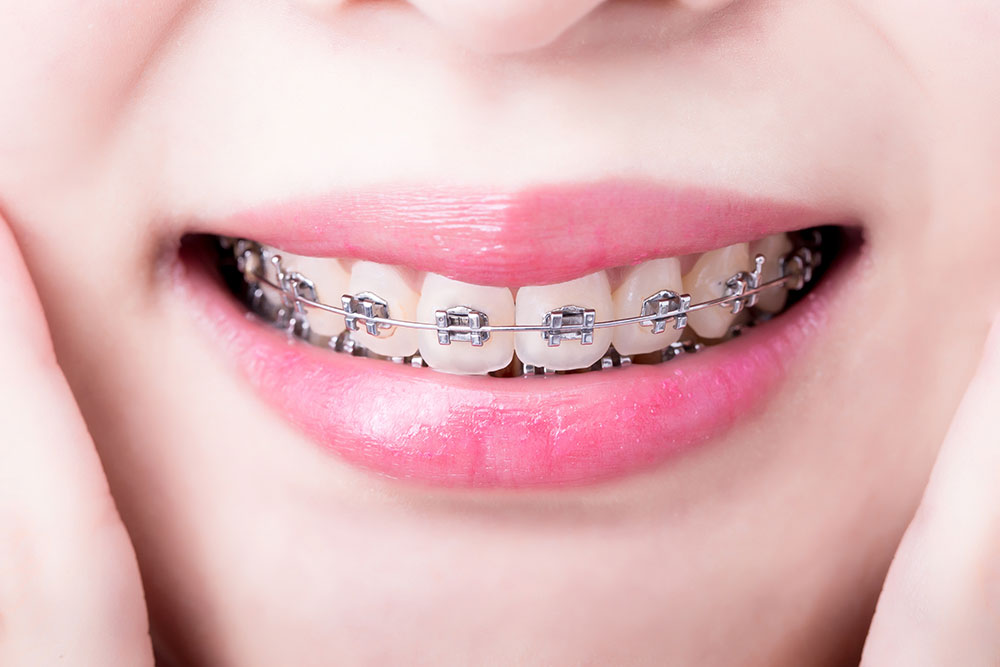Braces /Invisalign /Orthodontics
A straight smile isn’t just about vanity, it’s about function, comfort, and long-term dental health. That’s the heart of orthodontics. Whether it’s correcting a crooked bite or gently guiding teeth into alignment, orthodontic care is one of the most transformative paths in dentistry. It’s about giving people the confidence to smile and the foundation for better oral health.

What Exactly Is Orthodontics?
Orthodontics is the dental specialty that deals with the art and science of aligning teeth and jaws. Whether it’s crowding, gaps, or a bite that just doesn’t quite line up, these aren’t just cosmetic quirks; they’re called malocclusions, and left unchecked, they can lead to bigger issues down the line.
These aren’t just cosmetic concerns. Poor alignment can affect chewing, speech, and even breathing. It can also make proper cleaning more difficult, increasing the risk of decay and gum disease.
Orthodontic treatment helps bring everything into balance, restoring not just a beautiful smile, but also healthier function.

Types of Orthodontic Appliances: More Than Just Braces
Let’s break down the toolbox orthodontists use to bring teeth into alignment. There’s no one-size-fits-all solution, which is why modern orthodontics offers a wide range of appliances:
Traditional Braces (Metal and Clear): The most recognizable option. Today’s braces are smaller, sleeker, and more comfortable than ever.
Clear Aligners (like Invisalign): A popular choice for adults and teens looking for a discreet alternative to braces. Removable, nearly invisible, and easy to keep clean.
Lingual Braces: These sit behind the teeth instead of in front—ideal for those who want hidden treatment but need the precision of fixed braces.
Space Maintainers: Used in pediatric dentistry when baby teeth are lost early, preventing crowding issues later.
Palatal Expanders: Gently widen the upper jaw to make room for permanent teeth.
Herbst Appliance: Often used in growing kids to help guide jaw development and correct overbites.
Retainers: The unsung heroes of orthodontics. These keep teeth in place after active treatment is complete.
Each appliance has a purpose, and which one is used depends entirely on your unique dental landscape.
Best Dentists in Washington & Oregon
Timing and Age: When’s the Right Time?
You’re never too old to straighten your teeth, but early intervention has its perks. The American Association of Orthodontists recommends that kids have an orthodontic evaluation by age 7. That doesn’t mean they’ll need braces right away, but it allows orthodontists to catch developmental issues early.
Teens are the most common age group for braces or aligners, but adults are increasingly seeking orthodontic care, too. Sometimes it’s to fix a problem that was never addressed. Other times, it’s to prepare for other dental treatments like crowns or implants.
Every case is different, which is why that initial consultation matters. A customized treatment plan can make all the difference.
The Orthodontic Journey: Step-by-Step
Here’s a look at how orthodontic treatment typically unfolds:
Initial Consultation: Your orthodontist will take X-rays, photos, and sometimes 3D scans to get a full view of your teeth and jaw alignment.
Treatment Plan: Based on the findings, they’ll recommend the most effective appliance and estimate how long treatment will take.
Appliance Fitting: Whether it’s braces or aligners, the next step is getting your appliance placed or delivered.
Adjustments and Follow-ups: Regular visits are crucial. They ensure everything’s moving in the right direction.
Final Phase—Retention: After the active treatment phase, you’ll likely wear a retainer to maintain your results.
It’s a journey, but a well-managed one, with support every step of the way.

Risks and Considerations
Like any dental treatment, orthodontics comes with a few challenges. There might be some initial discomfort after adjustments. Braces require careful brushing and flossing to avoid plaque buildup. And in rare cases, things like root resorption or changes in enamel color can occur.
But here’s the good news: these risks are minimal when treatment is handled by a skilled orthodontist and you follow their care instructions closely.
How Long Does Treatment Take?
Orthodontic treatment can last anywhere from 6 months to 3 years, depending on how complex the case is. Minor alignment issues might be resolved quickly with clear aligners, while more involved bite corrections take longer.
The key to staying on track? Consistency. Skipping appointments, not wearing your aligners or retainers as instructed—these are the things that can stretch out your timeline.
Special Considerations for Children and Teens
Treating younger patients often means working with growing bones and developing teeth. That’s a plus, not a minus. Orthodontists can guide growth in ways that aren’t possible once the jaw is fully developed.
But let’s not forget the social side of it. Teens may feel self-conscious about braces, so communication and support matter. Choosing the right type of appliance, maybe clear aligners or ceramic brackets, can make a huge difference in how they feel throughout the process.
Compliance is the name of the game. And that’s where encouragement from both parents and orthodontists really shines.
Can You Get Orthodontic Treatment With Implants or Bridges?
Yes but with careful planning. Once an implant is placed, it doesn’t move like natural teeth do. That’s why orthodontic treatment is often done before implants or bridges are placed. But if you already have one, your orthodontist can plan around it and shift the teeth that can still move.
Custom coordination with your general dentist or oral surgeon is key in these cases.
Straight Teeth, Strong Foundation
Orthodontic care is about more than creating a nice-looking smile. It’s about setting the stage for lasting dental health preventing wear, easing jaw tension, and making teeth easier to clean. And yes, looking great is a very welcome bonus.
Whether you’re a parent exploring options for your child or an adult finally ready to straighten things out, an orthodontic consultation is the best place to start. You’ll walk away with a roadmap to better function, better health, and a smile that feels like you.
